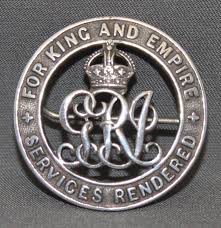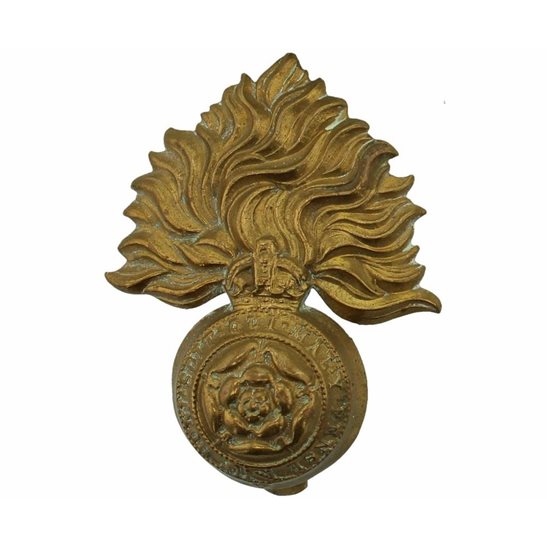Personal Details
Born: In 1891 in Whitchurch, Shropshire and known as Sydney.
Family: He was the son of Elizabeth Edge. Elizabeth married Daniel Sherbrooke, a painter and decorator, in 1900; Daniel had three children by a previous marriage. Sydney married Constance M Whittle in 1917 in Nantwich, Cheshire and together they had two children – Sydney J and Doris M.
Residence: In 1910, 1911 he was living at 69 Green End, Whitchurch. The 1919 Absent Voters’ Register shows this as his address; however, he married in 1917 and his pension card following his discharge in December 1918 shows an address of York Cottages, Broad Lane, Nantwich. The 1939 Register shows Constance and their son, Sydney, living at 13 Thorn Street, Preston, Lancashire.
Employment: In 1911 he was a tailor’s apprentice.
Died: Not known
Other Information:
Military Details
Regiment: Royal Fusiliers
Rank: Private
Service Number: 66222
Date of Enlistment: 21 September 1914
Date of Discharge: 18 December 1918
Reason for Discharge: No longer physically fit for war service.
Sydney was awarded the Campaign Medals (British War and Victory medals) and the Silver War badge (number B97168)

The British War Medal (also known as 'Squeak') was a silver or bronze medal awarded to officers and men of the British and Imperial Forces who either entered a theatre of war or entered service overseas between 5th August 1914 and 11th November 1918 inclusive. This was later extended to services in Russia, Siberia and some other areas in 1919 and 1920. Approximately 6.5 million British War Medals were issued. Approximately 6.4 million of these were the silver versions of this medal. Around 110,000 of a bronze version were issued mainly to Chinese, Maltese and Indian Labour Corps. The front (obv or obverse) of the medal depicts the head of George V. The recipient's service number, rank, name and unit was impressed on the rim.
The Allied Victory Medal (also known as 'Wilfred') was issued by each of the allies. It was decided that each of the allies should each issue their own bronze victory medal with a similar design, similar equivalent wording and identical ribbon. The British medal was designed by W. McMillan. The front depicts a winged classical figure representing victory. Approximately 5.7 million victory medals were issued. Interestingly, eligibility for this medal was more restrictive and not everyone who received the British War Medal ('Squeak') also received the Victory Medal ('Wilfred'). However, in general, all recipients of 'Wilfred' also received 'Squeak' and all recipients of The 1914 Star or The 1914/1915 Star (also known as 'Pip') also received both 'Squeak' and 'Wilfred'. The recipient's service number, rank, name and unit was impressed on the rim.

The Silver War Badge was issued in the United Kingdom and the British Empire to service personnel who had been honourably discharged due to wounds or sickness from military service in World War I. The badge, sometimes known as the "Discharge Badge", the "Wound Badge" or "Services Rendered Badge", was first issued in September 1916, along with an official certificate of entitlement.

